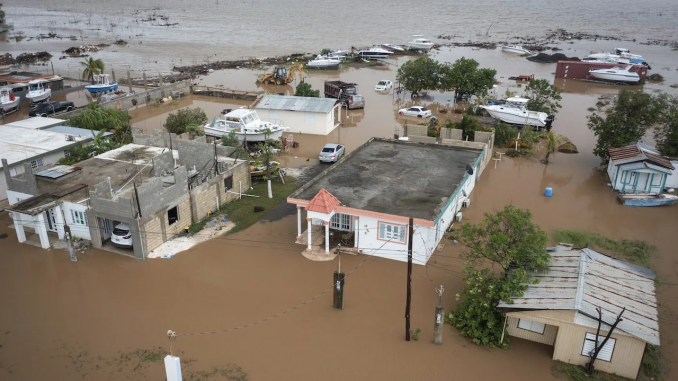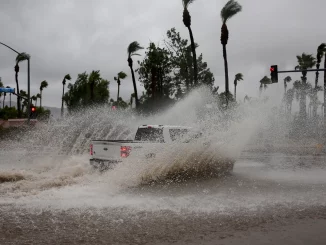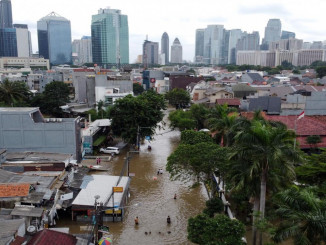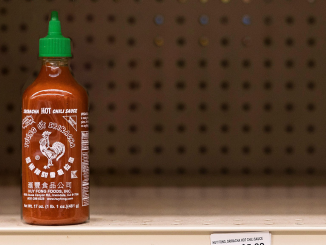
Hurricane Fiona swept through Puerto Rico and other parts of the Caribbean in the last days of summer, almost exactly five years after Hurricane Maria killed more than three thousand people on the island. Fiona was a weaker storm than Maria, but it still totally shut down Puerto Rico’s electric power grid and destroyed a bridge that was built since Maria and should have been able to withstand a storm like this. The power grid failure has meant that millions of people lost not only power, but also drinking water, and that in turn means a high risk of water-borne disease. What went wrong in the five years between these hurricanes?
Puerto Rico is a colony of the United States with an official poverty rate of nearly 44 percent. So, even without frequent hurricanes, it has plenty of urgent needs. It is reported that, out of nine billion dollars allocated by the U.S. Congress to rebuild the electric grid after Hurricane Maria, only forty million dollars have been spent so far. One of the problems is that, shortly after Hurricane Maria, the government of Puerto Rico turned the power grid over to private companies through a series of contracts, a move that was certainly consistent with what Congress intended. The government said that engaging private businesses would make the grid more efficient and innovative. But those companies, of course, put their private profits over public needs. They haven’t spent what they could. And what they have spent clearly is ineffective.
The result has been another disaster that didn’t have to be. That means more suffering for people in poverty, not as a result of predictable hurricanes, but as a result of the equally predictable greed of the rich and powerful, who continue to maintain their system of profit that is unleashing catastrophes by the day all across the world.




